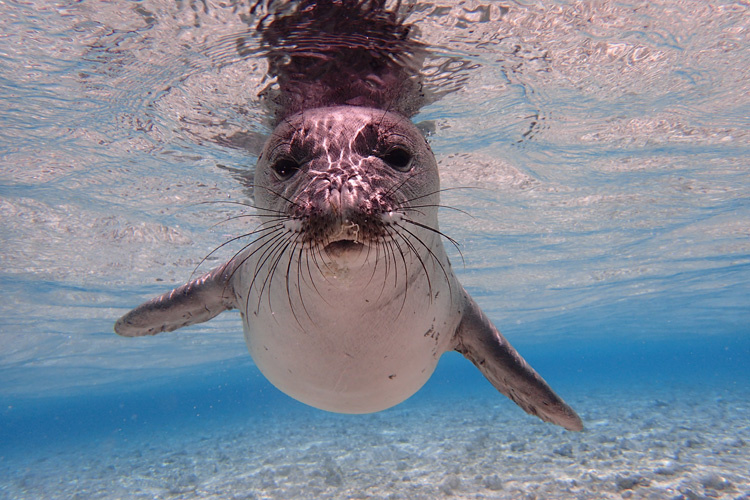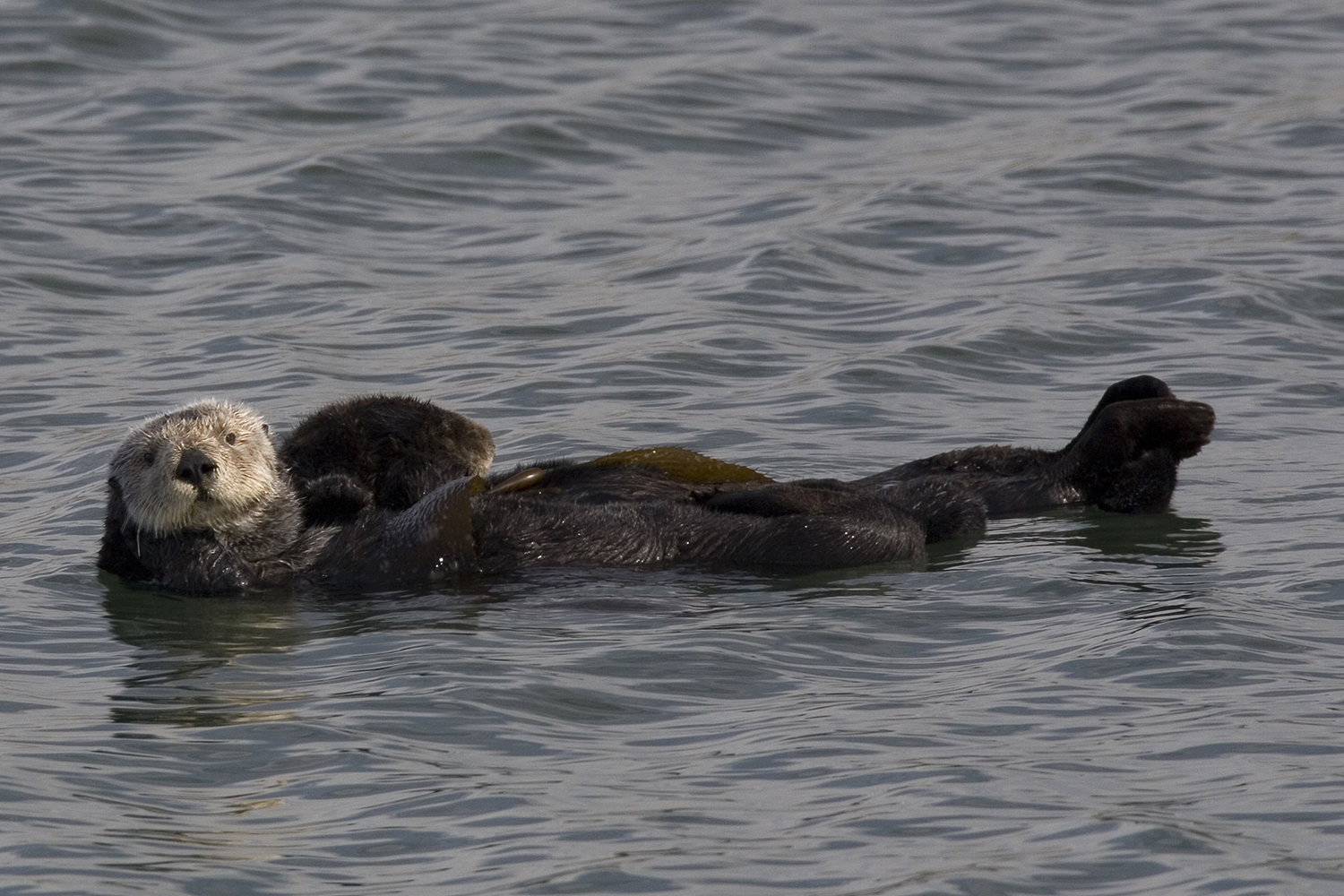
Photo: NOAA Fisheries
Earlier this week, the National Oceanic and Atmospheric Administration’s Fisheries office posted a story on its website warning of “localized lethal outbreaks” of toxoplasmosis among endangered Hawaiian monk seals. This comes after one seal died as a result of infection with the parasite and another is being treated by NOAA Fisheries staff. In 2018, three others were reported to have died from toxoplasmosis.
“The first documented monk seal death due to toxoplasmosis occurred in 2001. The disease has now killed at least 12 monk seals, making it a leading threat to the main Hawaiian Islands population.”
It’s difficult to see how 12 mortalities over nearly 20 years constitutes a “leading threat.” Indeed, according to NOAA Fisheries’ own reports, the monk seal population in the Main Hawaiian Islands might actually be at an all-time high. Read more


